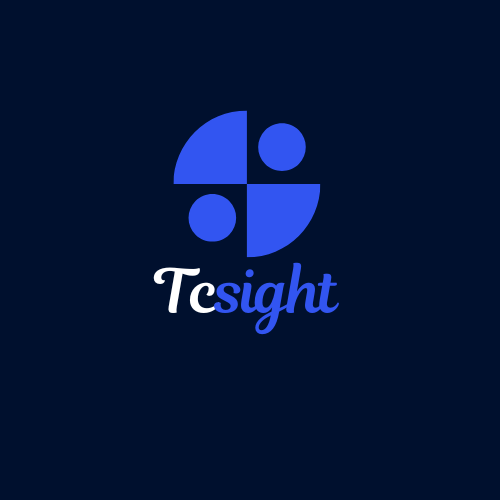In an era where data security and efficiency are paramount, blockchain and cloud computing stand out as revolutionary technologies that reshape industries. Their integration offers innovative solutions that enhance security, transparency, and cost-effectiveness, fundamentally changing how businesses operate. Let’s delve deeper into how these two powerhouses work together and explore their wide-ranging implications across various sectors.

What is Blockchain?
At its core, blockchain functions as a distributed ledger technology that securely records transactions across a network of computers. Each transaction forms a block, and once participants verify it through consensus, the system adds the block to a continuous chain. This decentralized approach increases security by eliminating single points of failure and ensures transparency, as all participants can view and verify the data in real-time. Consequently, blockchain redefines trust in digital interactions.
What is Cloud Computing?
Cloud computing allows users to access and store data and applications via the internet rather than relying on local servers or personal devices. This model offers unparalleled flexibility, scalability, and cost-effectiveness. Thus, organizations can adapt to changing demands without making significant investments in physical infrastructure. Additionally, cloud services empower businesses to focus on innovation and growth rather than getting bogged down by maintenance and hardware management. The on-demand nature of cloud resources enables organizations to scale their operations up or down as needed, making it an essential tool for modern businesses.
The Synergy Between Blockchain and Cloud Computing
Enhanced Security
The combination of blockchain and cloud computing significantly bolsters security. Traditional cloud services often face risks of data breaches, unauthorized access, and data manipulation. In contrast, blockchain’s decentralized nature distributes data across multiple nodes, which makes unauthorized access far more challenging. Moreover, each transaction receives cryptographic security and links to previous transactions, creating a robust defense against tampering. For industries like finance and healthcare, where data protection remains critical, this synergy provides peace of mind and fosters a heightened level of trust among stakeholders.
Improved Data Integrity
Blockchain ensures a transparent, tamper-proof record of transactions. By incorporating blockchain into cloud services, organizations can guarantee data integrity, enabling real-time tracing and verification of changes. This feature proves vital for sectors requiring stringent compliance and auditing, such as supply chain management, finance, and healthcare, where each transaction must be accurate and verifiable. Consequently, the ability to track the history of a transaction—from its inception to completion—adds an additional layer of accountability, fostering trust among users and regulators alike.
Cost Efficiency
Integrating blockchain with cloud computing leads to substantial cost savings. By reducing reliance on intermediaries, blockchain streamlines processes and lowers transaction fees. Additionally, cloud providers can leverage blockchain technology to enhance the security and efficiency of their offerings, ultimately delivering greater value to clients. Therefore, this combined approach minimizes operational costs while maximizing efficiency, allowing businesses to allocate resources more strategically.
Real-World Applications
Financial Services
In the financial sector, integrating blockchain and cloud computing accelerates secure transactions while cloud computing efficiently manages vast amounts of data and user access. This combination fosters trust and reliability—essential elements in today’s financial landscape. For instance, organizations can process cross-border payments faster and more securely, enhancing customer satisfaction. Furthermore, blockchain enables smart contracts, which automate complex transactions and reduce the need for manual oversight.
Healthcare
In healthcare, the integration of blockchain and cloud computing allows for secure storage of patient records. This setup facilitates easy access and sharing among healthcare providers, ensuring that patient data remains both secure and readily available. As a result, this leads to improved care and outcomes. Additionally, blockchain supports the traceability of pharmaceuticals, helping to combat counterfeit drugs and ensuring the integrity of the supply chain.
Supply Chain Management
In supply chain management, the combination of blockchain and cloud computing provides end-to-end visibility. Organizations can track products from origin to delivery, ensuring authenticity and quality. This transparency helps reduce fraud and enhances accountability among suppliers, manufacturers, and retailers. By having real-time access to data, businesses can make informed decisions, optimize inventory management, and improve customer satisfaction.
Conclusion
The collaboration between blockchain and cloud computing represents a game-changer for multiple industries. It paves the way for innovative solutions that enhance security, ensure data integrity, and drive cost efficiencies. This powerful integration is poised to unlock new opportunities and innovations, fundamentally reshaping how businesses operate. As these technologies continue to evolve and mature, their combined impact will shape the future of business, fostering a more secure, efficient, and transparent digital landscape. Ultimately, in a world increasingly reliant on data and technology, the synergy between blockchain and cloud computing offers a promising pathway to a more trustworthy and efficient future.



One thought on “Curious Minds: How Blockchain and Cloud Computing Transform Industries”
Wow this is awesome i love this 🥰,
Please do you post on cloud services providers and howbto maximize them?